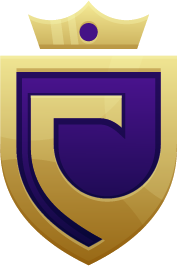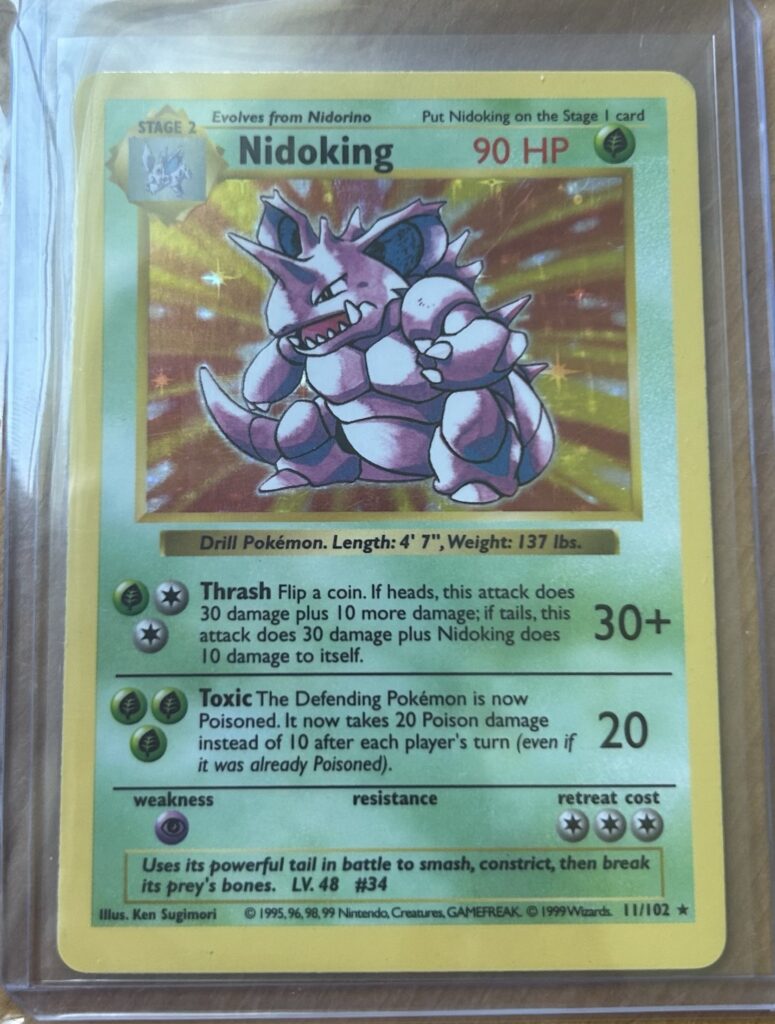Let’s get real: nothing kills card hype faster than thinking you’ve got a $100 gem… only to find out it last sold for $6.23 shipped in a plain white envelope. Ouch.
Whether you’re new to flipping or just pulled a sick-looking insert and want to know if it’s worth grading, the question is the same: how do I actually look up a card’s value?
In this guide, we’ll break down the smartest ways to get real-world comps using free (and paid) tools — plus how to avoid rookie mistakes like pricing off “listed” cards instead of sold ones.
Start Here: Understand What “Value” Really Means
Card value = what someone is willing to pay today, not what someone listed it for in a “RARE🔥🔥🔥” eBay auction that’s been sitting for 6 months.
Key types of value you should care about:
- Raw comps: What your card sells for ungraded
- Graded comps: What a PSA/BGS/SGC slab sells for (note: PSA 10 ≠ PSA 9 ≠ raw)
- Liquidity: How often it sells (if it hasn’t sold in 6 months, be cautious)
Pricing isn’t just about guessing high — it’s about matching the market. Which brings us to the real tools.
1. eBay “Sold” Listings (Still the GOAT)
eBay sold listings are the gold standard for 90% of hobby pricing. Here’s how to do it right:
- Search your card by full name (e.g., “2022 Prizm Trevor Lawrence Silver RC”)
- Click “Advanced” next to the search bar or use filters on mobile
- Check “Sold listings” or “Completed items”
You’ll see exact prices — including shipping — and can compare raw vs. graded, variation types (Silver, Green, numbered), and condition.
Pro Tip: Use filters to narrow by card condition or set. Don’t price your raw card off PSA 10 comps unless you know it will gem.
2. Market Movers (If You Want a Paid Tool)
Market Movers from Sports Card Investor is the most popular paid tool for tracking real-time card prices. It pulls data from eBay and other marketplaces and gives you:
- Price graphs over time (30-day, 90-day, etc.)
- Pop count data and grading comparisons
- Quick filters for hottest risers, sets, and sports
It’s not cheap, but if you’re flipping consistently, it can save you time and help you spot trends early. For beginner use, though, it’s optional — you can do 90% of this work manually with a little hustle.
3. Card Ladder (Solid Alternative for Slabs)
Card Ladder shines if you’re focused on graded cards. It includes PSA pop reports, price changes over time, and historical comps from multiple marketplaces.
They also offer a free tier that lets you look up a lot of basic PSA 10 and 9 comps. If you’re more into investing than flipping raw, Card Ladder is worth keeping in your back pocket.
4. 130Point (Underrated eBay Comp Tool)
130Point.com scrapes eBay’s sales history and shows “best offer accepted” prices — which eBay itself hides. This makes it especially useful when a card was listed for $99.99 but actually sold for $38.50.
It’s basic, but fast and accurate. Great tool for a quick value check before a trade or flip.
5. CardSZN Listings (Real Cards, Real Prices)
If you’re flipping with us, every card we list on CardSZN is tied to a real comp or below-market pricing. We don’t inflate prices just to make a blog post look good.
You can check our site’s product pages to see how we price things — and if you’re listing cards yourself, mimic the strategy: fair price, clear title, solid pics, and build a buyer list that comes back for more.
6. Pop Reports: PSA, BGS, SGC Data
Price is one side — population is the other. If a card has a PSA pop of 15,000 in a 10, that matters. That Luka Prizm you love? You and 14,999 other people do too.
Check these when you’re unsure if a card’s rare or just common in disguise:
Combine these with comps to see if a PSA 10 is truly hard to get — or just common plastic.
What NOT to Do When Pricing a Card
Let’s bullet the biggest sins real quick:
- Using “asking” prices: Doesn’t matter what it’s listed for — what did it sell for?
- Pricing raw as slabbed: A raw card is worth 30–70% of a PSA 10 unless it’s flawless.
- Ignoring condition: Edge nicks, off-centering, surface gunk — all kill value.
- Relying on just one comp: Look at 3–5 recent sales to get a better average.
When to Adjust Your Price
Let’s say your card sold for $40 two weeks ago. Should you list it for $40? Maybe. But if:
- New sales are trending lower (e.g. $32, $34), adjust to meet the market
- Yours is cleaner, better centered, or better photoed — price slightly higher
- There’s a sudden spike in relevance (player got traded or blew up), raise it — but not stupidly
Flipping is about matching your card to the moment. Don’t get greedy — get strategic.
Need More Card Strategy?
If you’re digging into pricing because you’re trying to sell smarter, go read our post on what cards to actually buy right now. It’s built for new collectors who don’t want to get wrecked on overpriced slabs or junk rookies.
Final Thoughts (No, Not “Conclusion”)
Looking up a card’s value isn’t about guessing or hoping — it’s about comping smart, knowing your tools, and checking the market before you list. Free tools like eBay, 130Point, and pop reports will get you 90% of the way there. If you scale up, consider Market Movers or Card Ladder.
And remember: the goal isn’t to sell every card for top dollar. The goal is to flip smart, build your rep, and stack wins — one comp at a time.





0 Comments